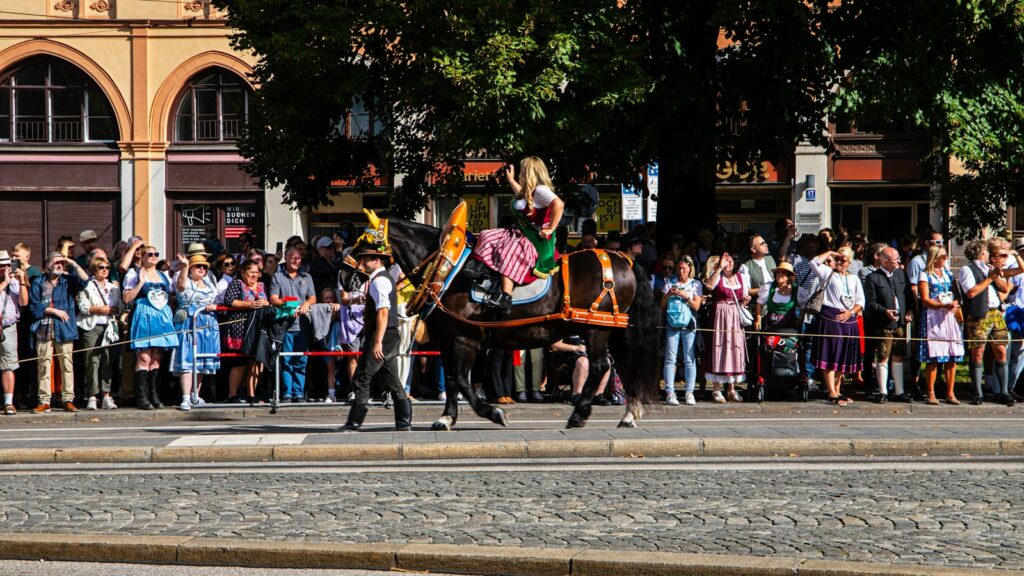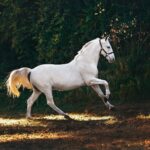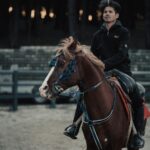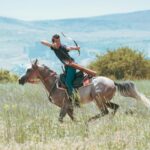Horses have been our companions throughout history, serving as transportation, farm workers, and athletic partners. Today, the bond between humans and horses continues through various equestrian sports and events that showcase these majestic animals’ strength, agility, and grace. For newcomers to the equestrian world, the array of competitions, terminology, and traditions can seem overwhelming. This comprehensive guide aims to introduce beginners to the fascinating world of equestrian events, the different types of horses used in competitions, and the fundamental knowledge needed to appreciate or participate in horse-related activities. Whether you’re considering horseback riding as a hobby, planning to attend your first horse show, or simply curious about equestrian sports, this article will provide the essential information to help you navigate this rewarding pursuit.
Understanding Different Types of Horses
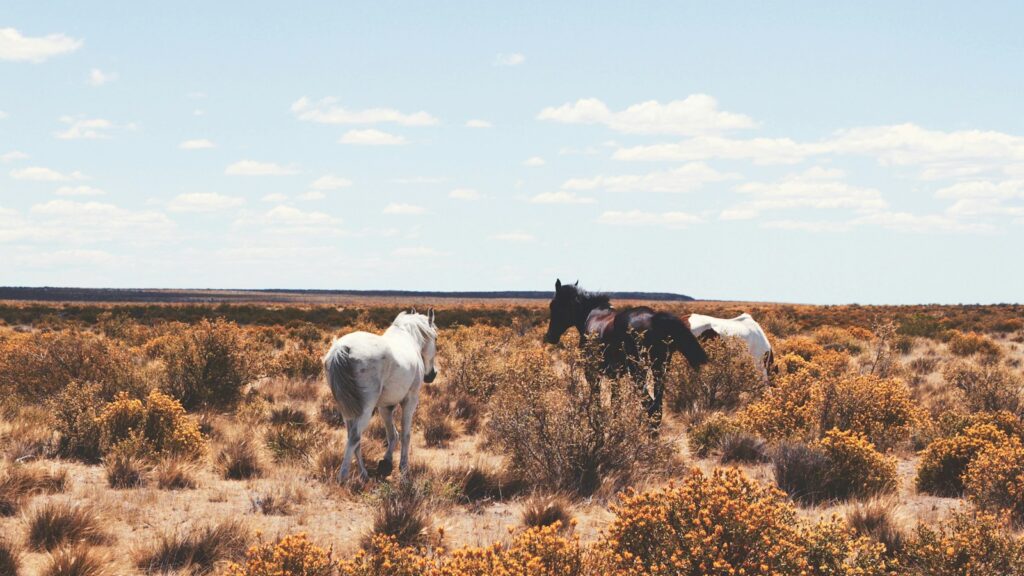
Before diving into equestrian events, it’s important to understand that different horse breeds are often specialized for particular disciplines. Thoroughbreds, with their lean bodies and incredible speed, dominate racing events and are often used in eventing due to their athleticism. Quarter Horses excel in western disciplines like reining and barrel racing, thanks to their powerful hindquarters that provide explosive acceleration. Warmbloods, which are crosses between “hot-blooded” (like Thoroughbreds) and “cold-blooded” (like draft horses) breeds, are prized in dressage and show jumping for their balanced combination of athleticism and trainability. Draft horses such as Clydesdales and Percherons are powerful gentle giants originally bred for farm work but now often seen in driving competitions and certain show classes.
Essential Equestrian Terminology
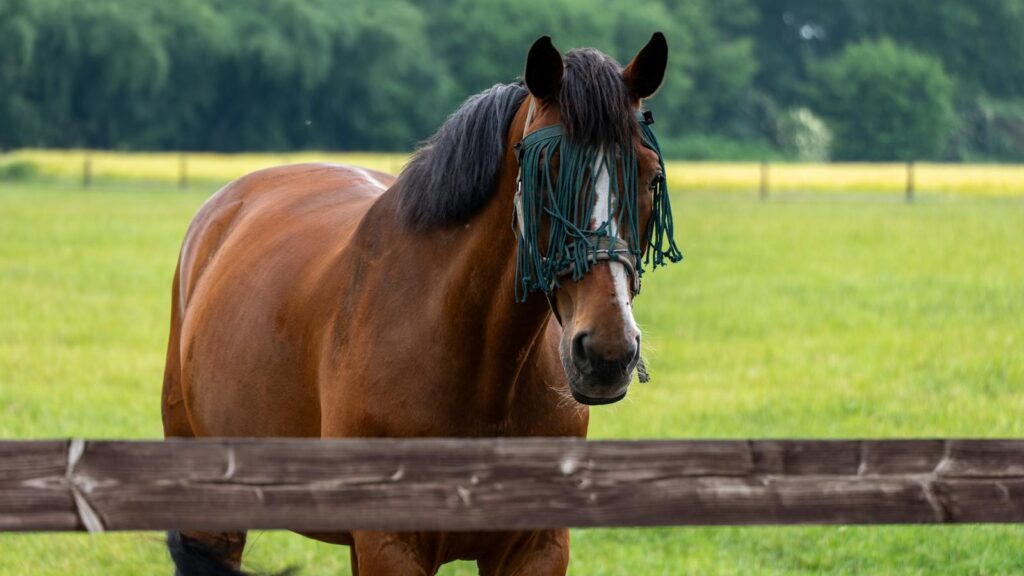
Familiarizing yourself with basic horse terminology will help you feel more comfortable in equestrian environments. A “hand” is the traditional unit used to measure a horse’s height, with one hand equaling four inches, measured from the ground to the withers (the ridge between the shoulder blades). The “gait” refers to the pattern of foot movements a horse makes when moving, with the basic gaits being walk, trot, canter, and gallop. “Tack” encompasses all equipment used on horses during riding or driving, including saddles, bridles, and harnesses. Learning terms like “near side” (left side of the horse) and “off side” (right side), along with parts of the horse’s anatomy such as withers, fetlock, and poll, will help you communicate effectively in any equestrian setting.
Olympic Equestrian Disciplines
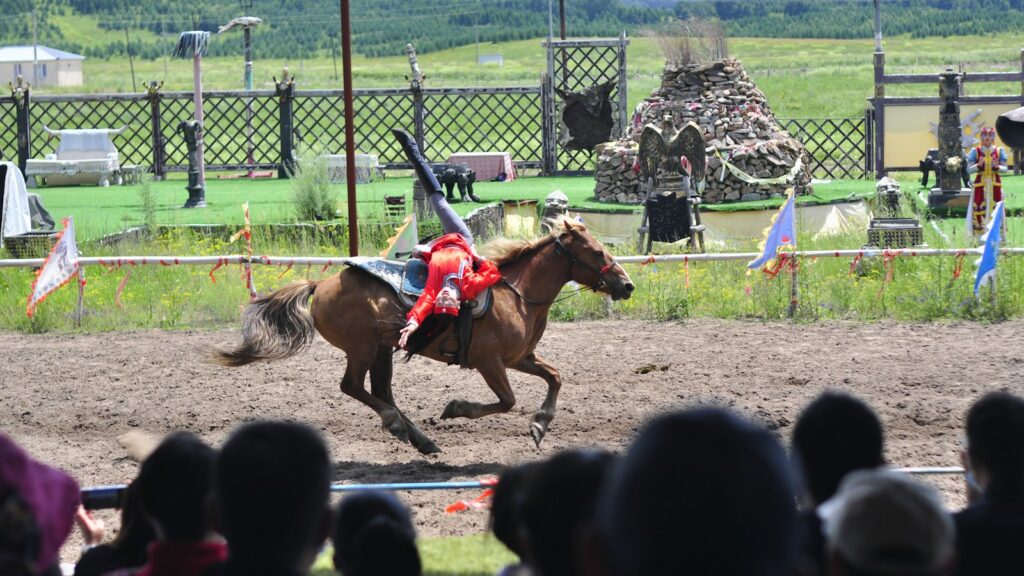
The Olympic Games feature three distinct equestrian disciplines that represent the pinnacle of horse sport competition. Dressage, often described as “horse ballet,” involves the horse and rider performing a series of predetermined movements with precision, harmony, and elegance, showcasing the horse’s athletic development and willingness to perform. Show jumping tests the horse and rider’s ability to navigate a course of obstacles with both speed and accuracy, with penalties assigned for knocked rails or exceeding time limits. Eventing, sometimes called the “triathlon of horse sports,” combines dressage, cross-country jumping (over natural obstacles in fields), and show jumping in a comprehensive test of horse and rider versatility and endurance. These Olympic disciplines highlight the extraordinary partnership between humans and horses at the highest competitive level.
Western Riding Events
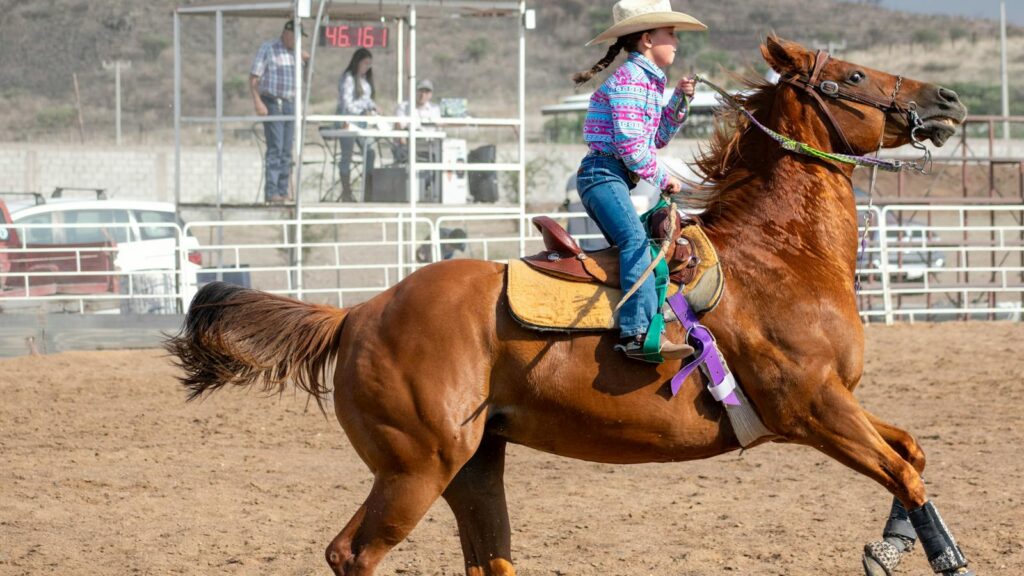
Western riding, which evolved from the working traditions of American ranch hands, encompasses a variety of exciting events that showcase different skills. Barrel racing is a timed event where horse and rider navigate a cloverleaf pattern around three barrels, demanding speed, agility, and precise control. Reining demonstrates a horse’s athletic ability through a pattern of circles, spins, and sliding stops, with emphasis on responsive guidance from the rider using minimal visible cues. Western pleasure classes evaluate horses on their manners, performance, and quality of movement, with judges looking for a mount that appears pleasurable to ride with easy, comfortable gaits. Cutting showcases a horse’s “cow sense” as it separates a single cow from a herd and prevents it from returning, demonstrating the horse’s athleticism and instinctive ability to read and anticipate the cow’s movements.
English Riding Competitions
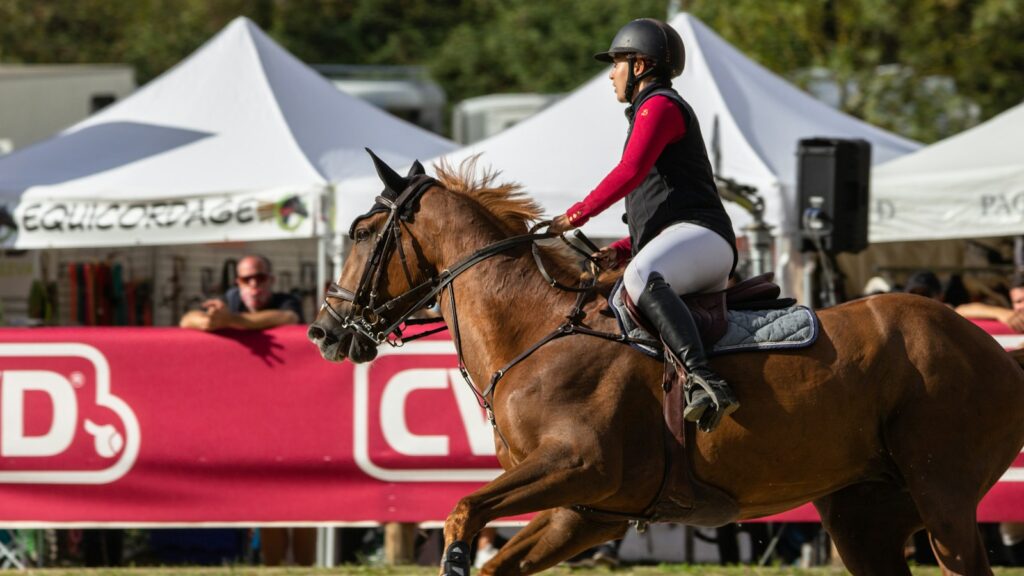
English riding traditions have given rise to numerous competitive disciplines that emphasize different aspects of horsemanship. Hunter classes evaluate horses on their movement, jumping form, and manners, with an emphasis on a smooth, consistent performance that would traditionally be suitable for a fox hunt. Equitation classes judge the rider rather than the horse, focusing on position, effectiveness, and overall appearance while navigating a course or performing specified movements. Show hunters must demonstrate good jumping form and consistent pace over a course designed to simulate natural hunting obstacles. Jumper classes, unlike hunters, are judged solely on performance rather than style—with success measured by ability to clear obstacles without faults and within time allowed, regardless of how it looks.
Horse Racing Fundamentals
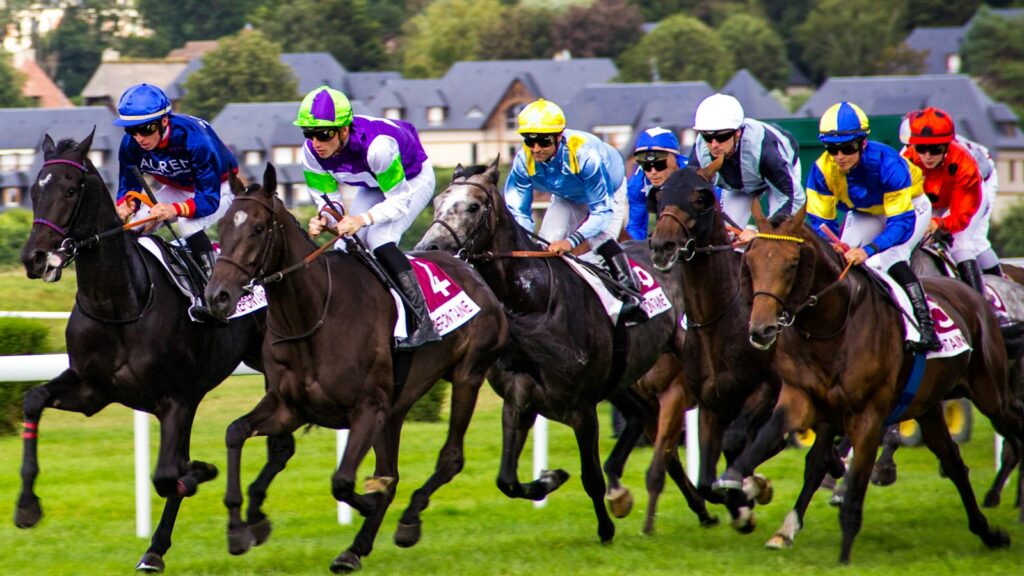
Horse racing, one of the oldest sports in human history, continues to captivate audiences worldwide with its combination of speed, strategy, and spectacle. Flat racing is conducted on level courses without obstacles, with distances typically ranging from short sprints (5-6 furlongs) to longer routes (1-2 miles), and is the most common form of racing seen at famous venues like Churchill Downs and Royal Ascot. Steeplechasing, popular in the United Kingdom and Ireland, requires horses to navigate a course with various obstacles including brush fences and water jumps, testing both speed and jumping ability. Harness racing features horses pulling two-wheeled carts called sulkies while moving at a specific gait (either trotting or pacing), rather than galloping freely as in other forms of racing. Understanding basic racing terminology such as “furlong” (one-eighth of a mile), “handicap” (races where horses carry different weights to equalize chances), and “claiming race” (where entered horses may be purchased for a set price) enhances appreciation of this thrilling sport.
Proper Riding Attire and Safety Equipment
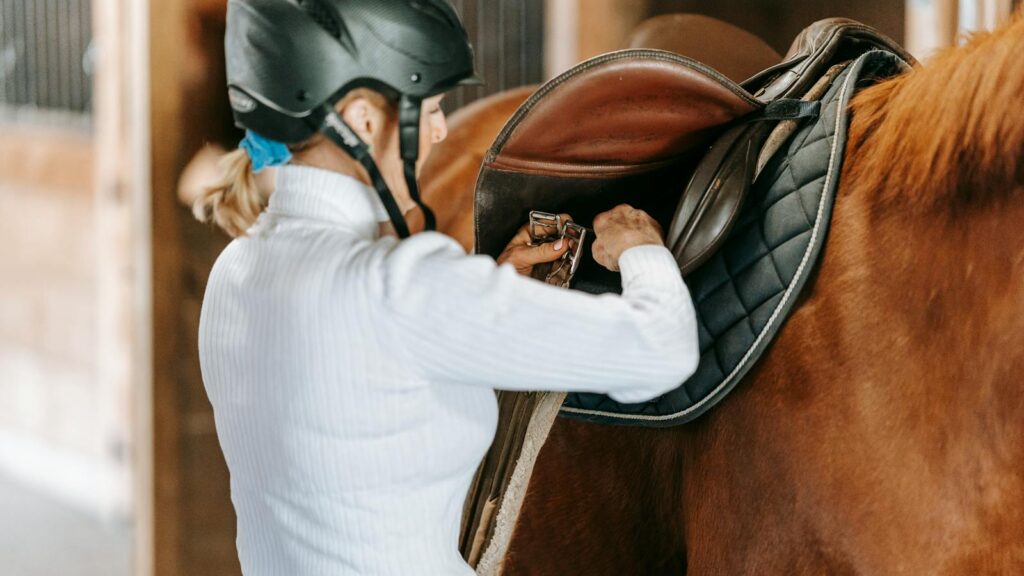
Appropriate attire for equestrian activities serves both practical and traditional purposes, varying by discipline but always prioritizing safety. A properly fitted riding helmet approved by safety organizations like ASTM/SEI is essential for all riders regardless of experience level or riding style, as it provides critical protection against head injuries. Boots with a heel prevent the foot from sliding through the stirrup, while tall boots or half chaps protect the rider’s legs from rubbing against the saddle flaps. For English riding, traditional attire includes breeches (close-fitting pants), a tucked-in shirt, and a fitted jacket for formal competitions, while Western riders typically wear jeans, Western boots, and sometimes chaps. Additional safety equipment like body protectors is strongly recommended for cross-country jumping and other high-risk activities, providing protection for the rider’s torso in case of falls.
Basic Horse Care and Management
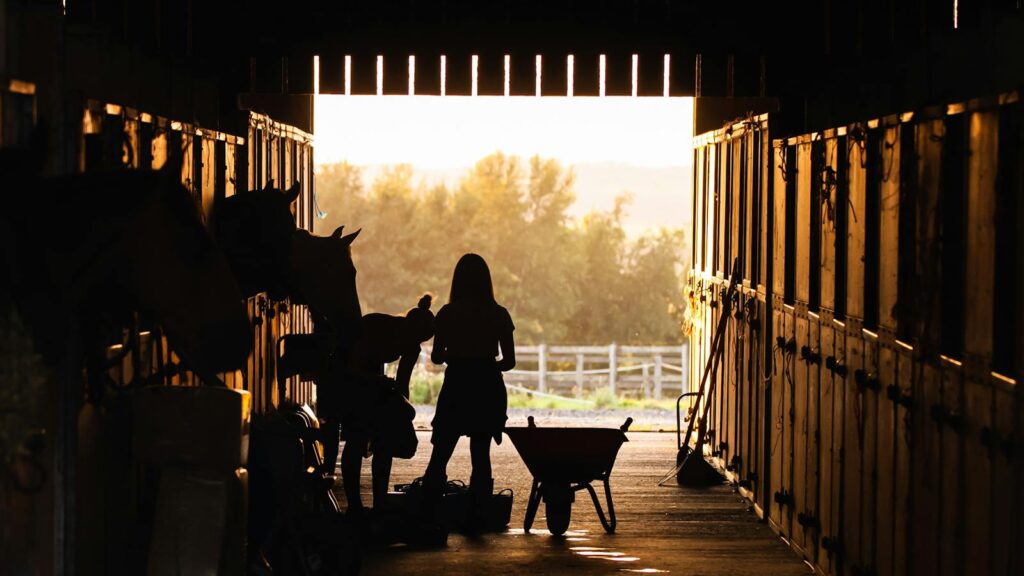
Understanding fundamental horse care is essential for anyone interested in equestrian activities, whether you own a horse or simply ride at a stable. Daily grooming not only keeps the horse clean but provides an opportunity to check for injuries, swellings, or other health concerns while strengthening the bond between horse and handler. Proper nutrition is crucial and typically includes quality hay or pasture as the foundation, supplemented with concentrates (grain) according to the horse’s workload, age, and individual needs. Regular hoof care by a professional farrier every 6-8 weeks helps prevent lameness issues, as the horse’s hooves continuously grow and require trimming and possibly shoeing. Exercise and turnout time are vital for a horse’s physical and mental well-being, allowing natural behaviors and movement that contribute to overall health and happiness.
Horse Show Etiquette
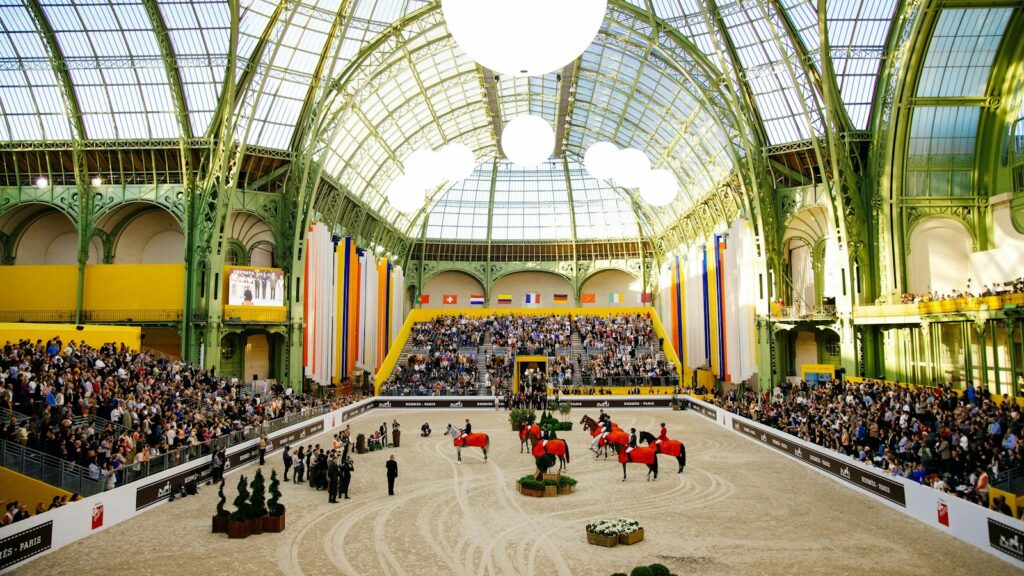
When attending or participating in horse shows, understanding proper etiquette ensures a positive experience for everyone involved. Always give right-of-way to horses being ridden or handled, as startling a horse could lead to dangerous situations for the rider, handler, and bystanders. Keep a respectful distance from horses being prepared for competition, as both horse and rider may need concentration and space before entering the ring. During competition, refrain from making loud noises or sudden movements near the arena that might distract competing horses. Ask permission before petting or approaching someone else’s horse, as not all horses are comfortable with strangers, and some may be high-strung in the show environment.
Finding the Right Instructor
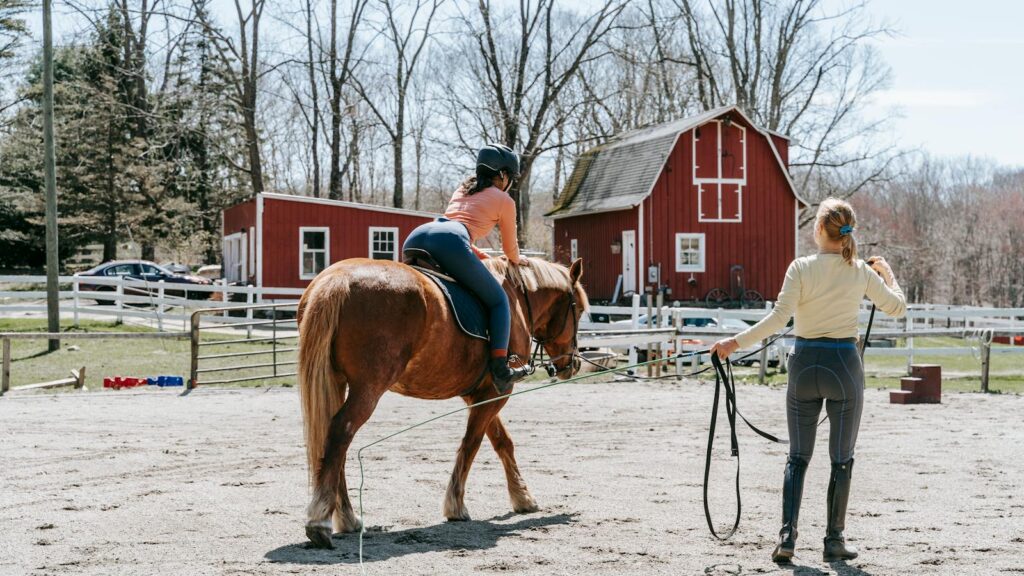
The guidance of a qualified instructor is invaluable for beginners in any equestrian discipline, making the selection process an important first step. Look for instructors with recognized certifications from organizations like the Certified Horsemanship Association (CHA), United States Equestrian Federation (USEF), or British Horse Society (BHS), which indicate a standard of knowledge and teaching ability. Observe lessons before committing to ensure the instructor’s teaching style matches your learning preferences and that they emphasize safety practices throughout their teaching. A good instructor should be patient with beginners while providing clear, constructive feedback that helps students progress steadily. Consider asking current students about their experiences, as firsthand accounts can reveal much about an instructor’s effectiveness, communication style, and ability to build student confidence.
Understanding Horse Behavior
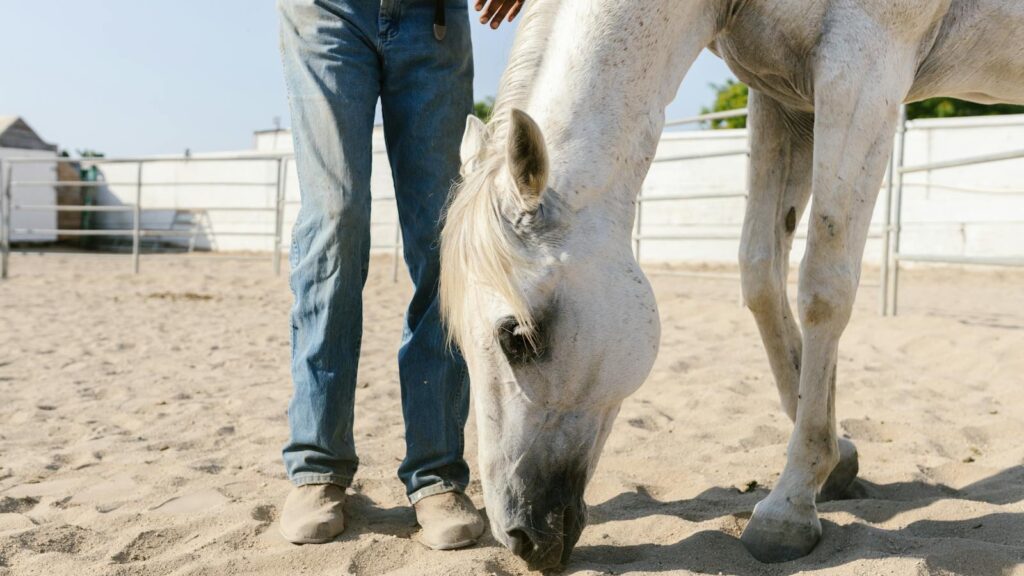
Horses are prey animals with instincts that influence their behavior and responses, making this knowledge essential for safe and effective interaction. Their wide-set eyes provide nearly 360-degree vision but have blind spots directly in front and behind, explaining why horses may startle if approached too suddenly from these angles. As herd animals, horses naturally establish social hierarchies and feel safest in groups, which affects how they behave both with other horses and with humans. Their primary responses to perceived threats are flight (running away), fight (if cornered), or freeze, with flight being the most common natural response. Learning to read equine body language—including ear position, tail movement, and overall tension level—helps beginners anticipate reactions and build trust with these sensitive, perceptive animals.
Cost Considerations in Equestrian Sports

Equestrian activities involve various expenses that potential participants should consider before diving into the sport. Riding lessons typically range from $30 to $100 per hour depending on location, instructor credentials, and facility quality, with regular lessons recommended for consistent progress. Equipment costs include personal items like helmets ($50-$300), boots ($40-$300), and riding pants ($30-$200), with additional expenses for saddles ($500-$5,000) and other tack if you eventually purchase a horse. Horse ownership brings substantial ongoing expenses including board ($200-$1,500 monthly), routine veterinary care ($500-$2,000 annually), farrier services ($30-$150 every 6-8 weeks), and feed ($100-$300 monthly), not counting emergency medical care which can be costly. Alternatives to ownership that reduce costs include leasing a horse (typically 30-50% of ownership costs) or participating in lesson programs that provide horses, allowing beginners to enjoy the sport without the full financial commitment of horse ownership.
Getting Started: First Steps for Beginners
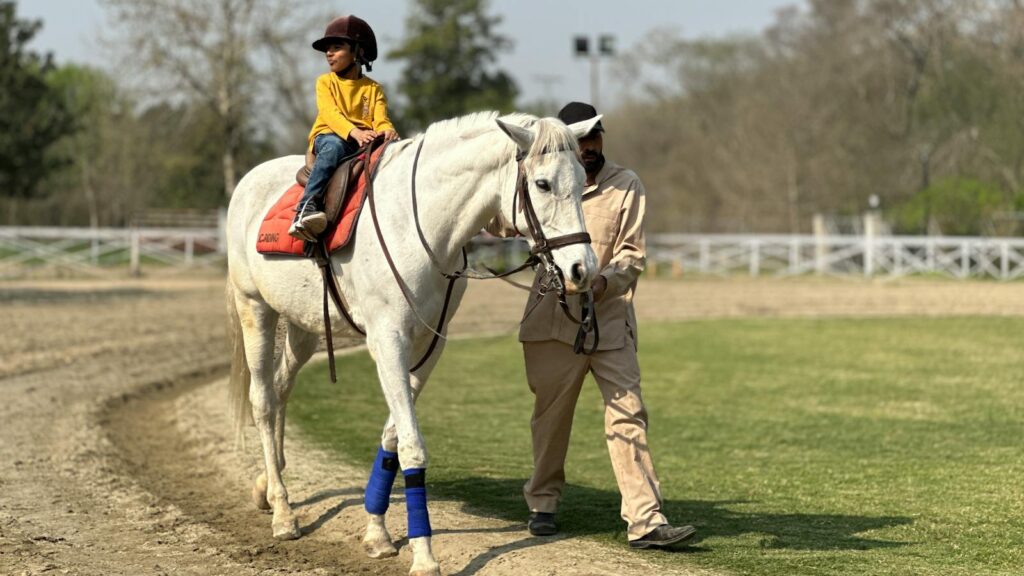
Taking the first steps into the equestrian world can be both exciting and overwhelming, but a methodical approach helps beginners build a solid foundation. Start by researching local stables that offer beginner lessons, looking for those with good safety records and certified instructors who specialize in teaching newcomers. Schedule an introductory lesson or stable tour to get a feel for the facility, meet instructors, and observe how horses are kept and handled before making a commitment. Begin with private or small group lessons that focus on fundamentals like mounting, basic position, stopping, steering, and understanding horse behavior, building confidence before advancing to more complex skills. Consider reading introductory books about horsemanship or watching instructional videos as supplements to hands-on learning, providing context and reinforcement for concepts introduced during lessons.
conclusion

The world of equestrian events offers something for everyone—from the adrenaline of racing and jumping to the precision of dressage and the heritage of western riding disciplines. Beginning your equestrian journey requires patience, dedication, and a willingness to learn continuously, but the rewards are immeasurable. The unique partnership formed between horse and human transcends simple sport, creating bonds built on mutual trust, communication, and respect. Whether your interests lead you to compete at high levels or simply enjoy recreational riding, the skills and experiences gained through equestrian activities provide lasting benefits. By starting with proper instruction, respecting the animals, and approaching the learning process with humility, beginners can safely enter this rewarding world and discover the joy that horses have brought to human lives for thousands of years.

